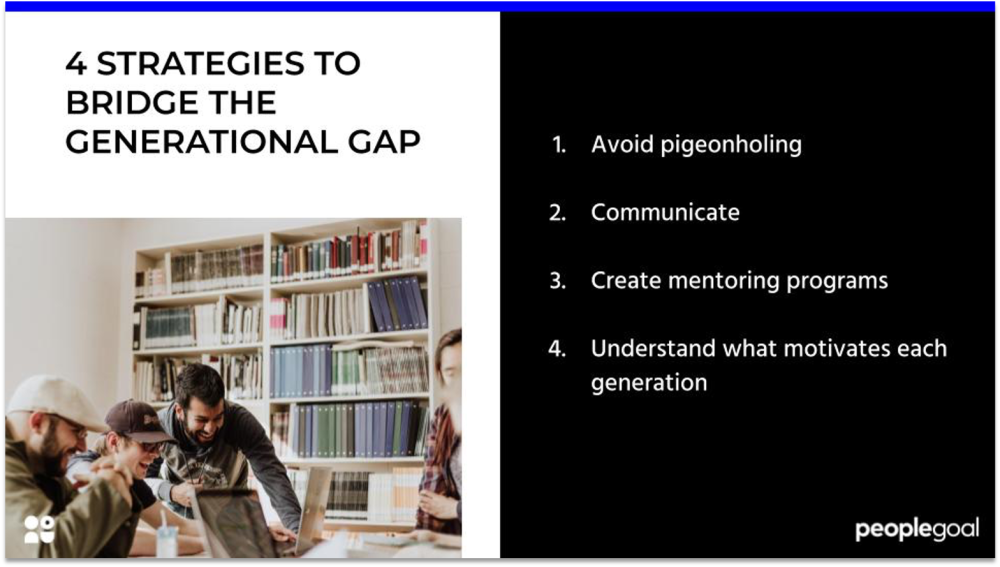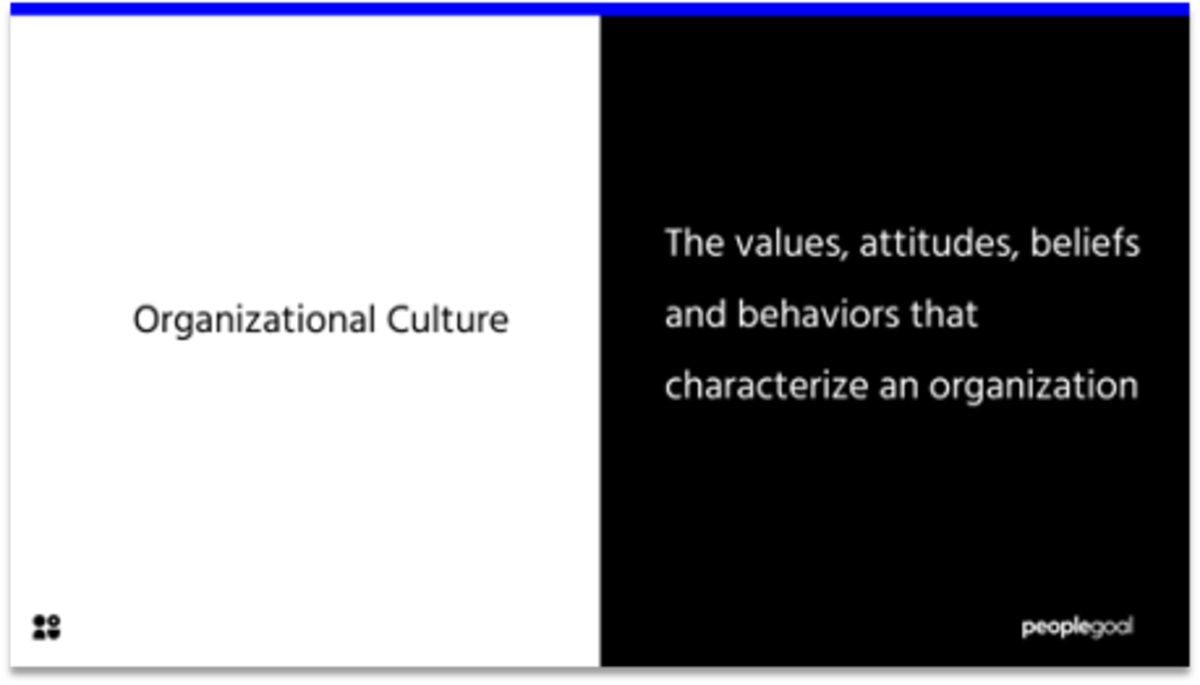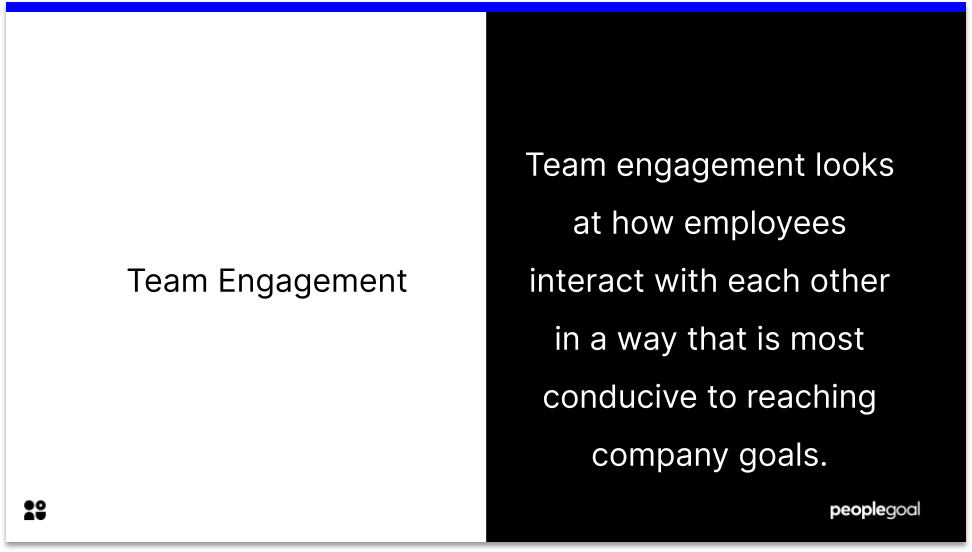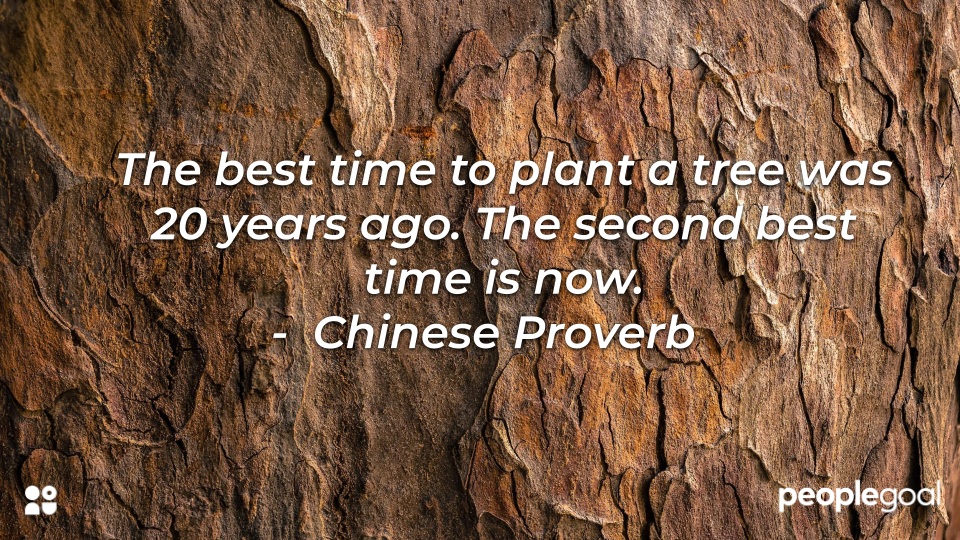The generational gap is the various differing outlooks, beliefs, skills, attitudes, behaviours, and opinions between the older and younger generations. The age difference between colleagues is said to influence these characteristics, and has grown more prevalent in recent years. Within large organizations you are bound to see these differences as you have 60+ year olds working alongside 25 year olds.
A big challenge that comes with having a generational gap in the workplace is that a leadership deficit is being created. As older people leave the workplace there aren’t enough Gen-Xers to fill vacant leadership roles. Gen-Yers and Millennials are flooding the workplace, but they are not getting enough training to lead as of yet. Added to that, there’s also often a gap between the generations’ lifestyles, values, work ethics, communication styles, technological aptitude, and experience.
4 Strategies to Bridge the Generational Gap
To start building a bridge between generations there are multiple steps you can take to get the best out of your workforce.
1. Avoid pigeonholing
There are of course many stereotypes that come with each generation: Boomers being dinosaurs who are unwilling to change their attitudes; Millennials are lazy and entitled; Gen-Zers are inept without tech. Nonetheless, stereotypes are just that, and it only exacerbates tensions by perpetuating them in the office. Both managers and employees should strive to move beyond the labels and get to know each other’s individual traits that are worthy of respect.
2. Communicate
Everyone should be given the opportunity to voice their opinion and share their creative thoughts, ideas, and concerns. Within an inclusive environment everyone should be heard, respected, and communicated with. If anything, having multiple generations put their ideas forward will make decisions far more informed. Moreover, by openly communicating, everyone can learn from each other and make sure all employees are on the same page. A lack of communication only deepens divides, and clouds operations.

3. Create mentoring programs
Promote mentoring within your workplace. Having a mentorship program enables different generations to communicate and learn from one another, and works to set up younger employees for future leadership roles. You may be surprised at how much employees can learn from one another if they spend more time together outside of their own team and manager assignments. There is endless advice the old can give to the young as they have been around longer, and plenty of information and skills the young can provide the old.
4. Understand what motivates each generation
A fundamental way to get the best out of your employees is finding out what motivates them. The motivators will of course be unique for each individual, however there are by and large differences in motivating factors between generations. Gen-Xers who are close to retirement may be more interested in bonuses or salary increase, whereas millennials may be looking to repay their student loans, or to cover the cost of childcare, or to have more time to spend travelling.
Nonetheless, everyone is unique, so spend time asking each of your members what their key motivators are and set up a rewards & recognition system to support these. This enables you to boost individual employee satisfaction and retention. Keep in mind that you should also practice transparency and consistency when implementing this to make sure that everyone is treated fairly.
When looking to bridge the generational gap in the workplace you must learn about your employees and become accustomed to the drivers and preferences, strengths and weaknesses of each individual and generation. Reduce the use of stereotypes and seek collaboration to improve productivity within your team across generational lines.
Ready to 3x Your Teams' Performance?
Use the best performance management software to align goals, track progress, and boost employee engagement.




